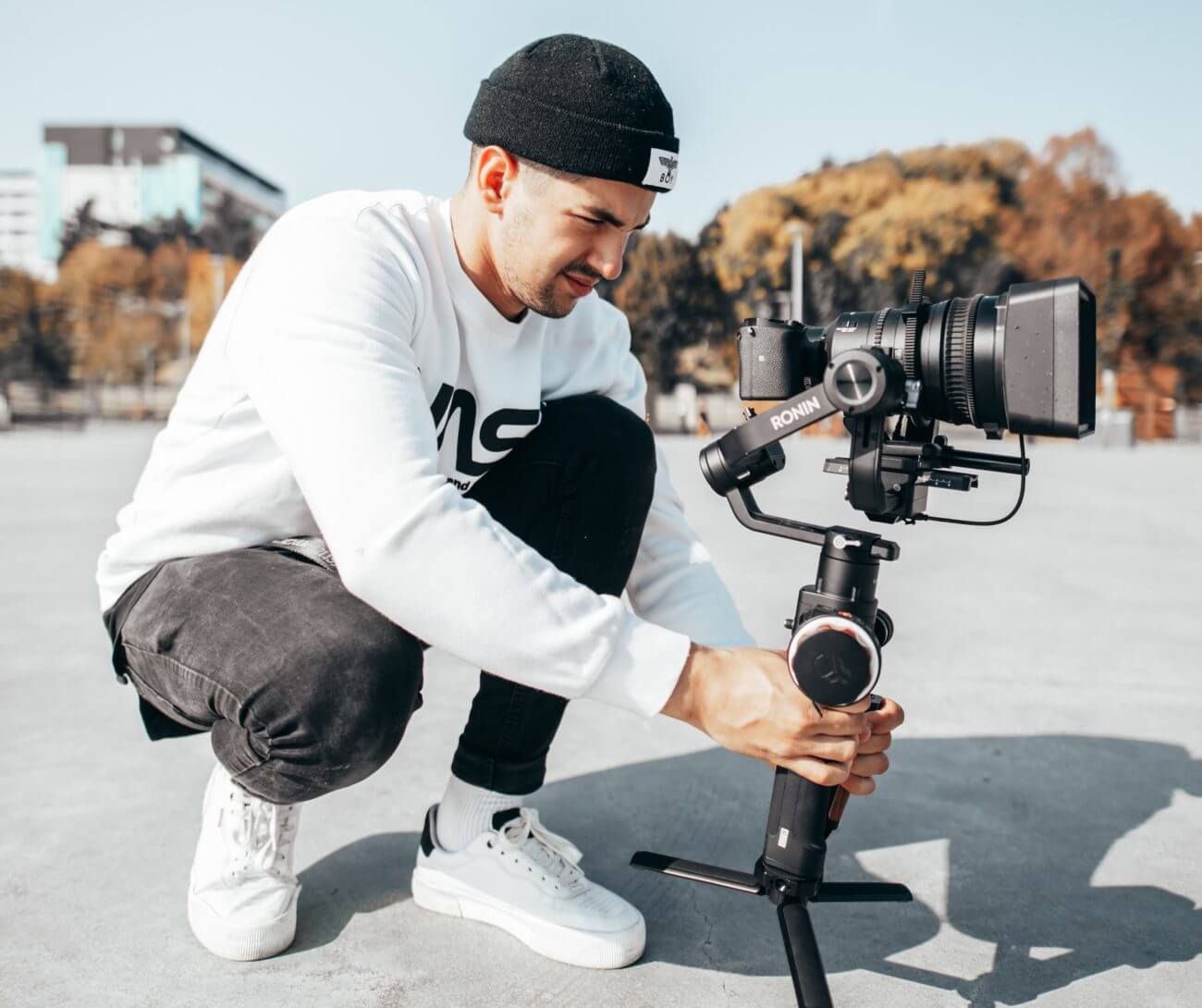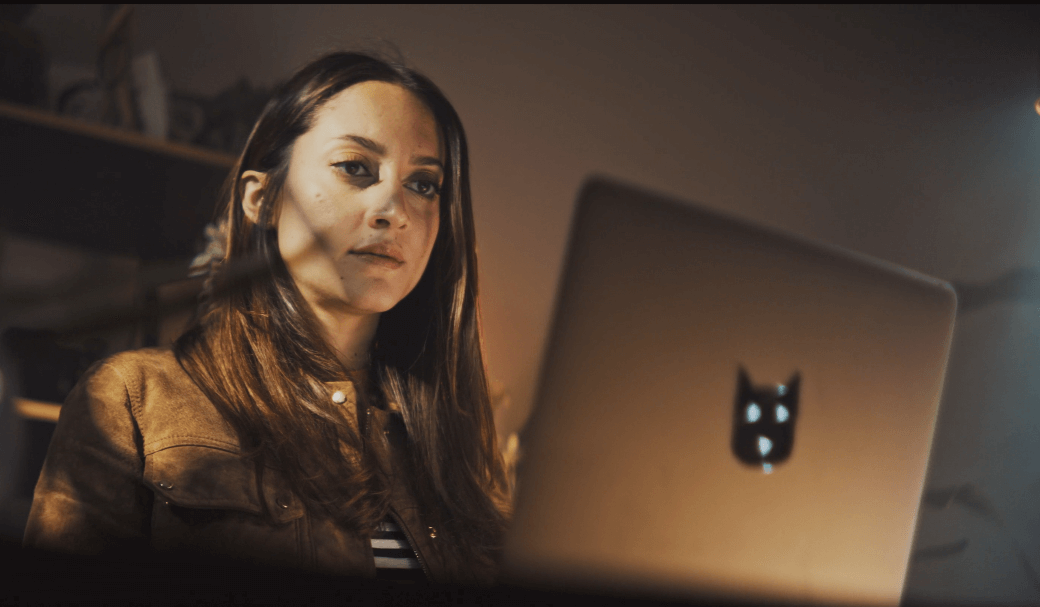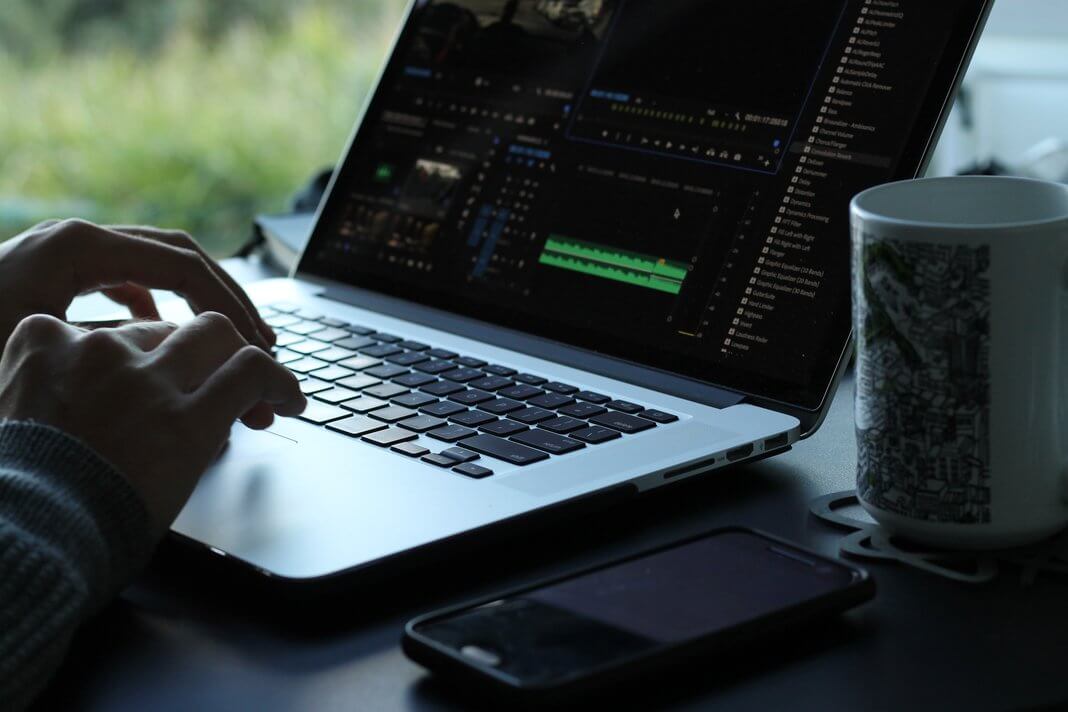Highlights
Table of Contents
Explore article topics
If you’re serious about being a professional YouTuber, which means you’ve been creating good content and have a lot of views or a loyal audience, eventually you might want to monetize your channel.
To streamline monetization for creators, YouTube offers its YouTube Partner Program. While YouTubers make money by creating all sorts of content, monetizing videos or live streams is a big step for any creator. Content monetization is a decision that probably shouldn’t be made on a whim. Instead, it should follow a period of good content creation, and a commitment to putting in the time, effort, and attention to hit one or many of the YouTube Partner Program goals.
For some YouTubers, the effort involved in executing their idea with hardware and software probably means each video or episode requires a lot of time. This is time that is—at least in a YouTuber’s opinion—worth some channel revenue. If a YouTuber is already putting in the time and effort, it’s really worth exploring the possibility of channel monetization.
The good thing is that there are a few different monetization paths available to YouTubers. Some might aim to make money off their content in as many ways as possible, while others might opt for one or two monetization goals.
Below, we will get into some things to think about in monetizing a YouTube channel. We will talk about finding a target audience, as well as why a YouTuber might want to monetize and how they can do it. We will also talk about some pros and cons of YouTube monetization.
Best Practices
There are several things YouTubers should know before monetizing a channel. Some of these considerations have to do with marketing and branding, while others related to eligibility, guidelines, and best practices. This may seem like a lot to think about, but if you’re serious about creating a YouTube channel that can be later monetized, you will be thankful you took the time.

The first thing to know is that to qualify for the YouTube Partner Program, YouTubers must live in a country or region where this is an option. Click here to see if your country is eligible.
Don’t monetize and enable ads immediately. A recent YouTube update restricts creators from monetizing until their channel has more than 4,000 valid public watch hours in the last 12 months, and more than 1,000 subscribers. Additionally, YouTubers must have a linked AdSense account (more on this below in the “Monetizing Content” section). While this might seem a bit restrictive, it’s actually a good thing. It frees you up to focus on your channel’s content, giving you time to build an audience and log views before monetization.
And even if your channel hits these benchmarks, consider holding off on monetization if you aren’t certain you have the time, resources, and skills to put out consistent, high-quality content. Some YouTubers will be ready—others won’t. So, don’t push it if you don’t have to.
Finding Your Target Audience
First, you should analyze the type of audience your content attracts. The fanbase or viewers you are cultivating is called a “target audience”.
For instance, if you are doing music tutorials, your target audience might be individuals interested in learning how to make sounds in specific genres like hip hop or techno. Or you could even focus on teaching people how to use electronic instruments like synthesizers and samplers or various pieces of music software.
If you’re a gamer, you could decide to target a younger audience and the games they like, such as Fortnite or Minecraft. Another possibility is to launch a gaming channel that focuses strictly on vintage game consoles and their archives of titles, like the early Atari and Nintendo systems.
By finding the right target audience, you will be able to create unique and attractive content that will help you build a fanbase. It is upon this targeted fanbase that various monetization streams can be built.
Suitable Content
Keep in mind that YouTube can place a yellow dollar sign on videos that are deemed not suitable for all audiences. What this means is that videos with profanities, shocking content, misleading thumbnails, and controversial opinions won’t be able to generate as much revenue because only a limited number of ads will be run on the channels.
Production + Optimization
One characteristic of most successfully monetized YouTube channels is that the audio and video is done well. Some YouTubers have really refined audio-video presentations, while others have a more quirky DIY vibe. Go with what works for your personality, theme, and interests. For some ideas about how to up your audio-video game, check out our piece on YouTube equipment essentials.

When advertisers are looking for channels on which to advertise, they look at the metadata that leads them to customers. This is standard in internet advertising. So, if you want to capture advertisers’ attention, give your videos the titles, descriptions, and tags that will enhance your channel’s search engine optimization (SEO).
Rules for Monetization
Before monetizing an account, each channel must be reviewed to make sure it is following YouTube’s guidelines. Once a YouTuber has signed the YPP terms and connected an AdSense account, their channel automatically enters a review queue. Once under review, YouTube’s automated systems and human reviewers review a channel’s content to check if it follows all of the platform’s guidelines.
During the review, YouTube checks that creators are following its Community Guidelines, Terms of Service, Copyright, and Google AdSense program policies. And if YouTubers want to monetize content, they must also meet the platform’s Advertiser-friendly content guidelines.
The Community Guidelines restrict spam, nudity, hate speech, cyberbullying, and other harmful or deceptive content. AdSense guidelines, on the other hand, prevent things like repetitious content, where multiple YouTuber videos seem almost identical; or reused content, which is content recycled from another YouTuber’s account.
YouTube’s copyright policies prevent YouTubers from using copyrighted material in their content. That means the review process will check for copyrighted audio and video. So, if you’re looking for a solution to this copyrighted material, check out Artlist subscription libraries of music, sound effects, and the Artlist stock footage category.
The review process typically takes a month to complete. If your channel is rejected from YPP, creators can re-apply in 30 days. YouTube has an FAQ section that details how creators can strengthen their applications. Note that YouTube does a review periodically to ensure that YouTubers are sticking to the rules.
Monetizing Content

Most people who use YouTube are probably familiar with creators making money off of ad revenue. The ad model (AdSense) is widely used by YouTube’s parent company, Google, and it allows YouTubers to run ads either at the beginning or throughout points of a video. Contrastingly, YouTubers can also monetize their content by running paid product placements and endorsements. However, they must notify YouTube and viewers of this in advance.
Here’s an example of a sponsorship video for our stock footage site Artlist.
A more recent feature is Paid Content, a service that allows YouTubers to sell access to viewers for a specific piece of content. YouTubers set the price, but then have to split it with YouTube. The obvious drawback is that if you’re trying to build your channel, or even if you’re well-established, this might not go over well with an audience. Alternatively, YouTubers are increasingly using Patreon instead of Paid Content. This allows a more direct relationship between creator and fans (patrons), where YouTubers can offer their audience merchandise and special content for either a subscription or individual release fee.
Channel Membership is another popular way of monetizing YouTube content. In this arrangement, viewers join a channel through monthly payments, which allows them to get members-only goods like badges, emojis, and other things of value. With the Merchandise Shelf, YouTubers can sell their own branded merchandise. Think of this as the merch table at a musical concert—things like t-shirts, keychains, toys, and other collectibles.
A few other money-generating methods include Super Chat & Super Stickers, which allow viewers to purchase chat messages that are highlighted in a YouTube live-stream chat feed; and YouTube Premium Revenue, which gives YouTubers a cut of a YouTube Premium subscriber’s subscription fee when they watch the creator’s content.
Each of these monetization types has its own set of guidelines, which cover what YouTubers may and may not do. And each type has a subscriber or view threshold that is required for monetization eligibility.
Power your business's creativity with Artlist Business
Become an Affiliate
Another way that YouTubers often use to make money with their channel is by becoming an affiliate. The most popular affiliate program is Amazon’s, and it allows you to post special links to products on Amazon and make money off of purchases. You can also become an affiliate of a brand like Artlist and post an affiliate link under your YouTube video. You earn money whenever someone becomes a subscriber through your link.
If you’re interested in becoming an Artlist affiliate, drop us a line at [email protected].
Other Thoughts
Each of the types of monetization discussed above has pros and cons. If a YouTuber is live streaming and making money off of Super Chat & Super Stickers, for instance, the viewers who pay for that service will probably expect to get some attention. While this is certainly a cool feature, it does create more work for YouTubers in the form of engagement, beyond simply making videos and publishing them.
To seriously make money off of ads—money that would replace full-time income—YouTubers will have to get millions of views. And while Channel Membership sounds great, YouTubers who make money off this method will need to build a pretty large and loyal audience. While plenty of YouTubers have done this, it doesn’t happen overnight. It takes hard work and dedication.
And this is probably why a lot of YouTubers resort to selling merch and paid content. While merch is great (who wouldn’t want their own?), keep in mind that this is quite a bit different from creating and publishing videos. It means that YouTubers will be getting into the game of apparel and other physical products. But some YouTubers might really enjoy this side hustle, so don’t be too intimidated by it!
Another thing to consider when monetizing content is that if YouTube streamers use other people’s videos, photos, music, or any other content in their videos, then they run the risk of copyright claims and DMCA (Digital Millennium Copyright Act) takedown notices. This is a headache no YouTuber wants, as three notifications lead to a permanent ban. And a ban means no more monetization.
A solution for YouTubers who want to use footage, music, and sound effects for their own content is to consider a subscription service like Artlist, which offers royalty-free music and sound effects and royalty-stock footage. Having access to these audio-visual materials will ultimately help aspiring YouTubers create better content, not just for yourself but for their audience.
Emily is a London-based female filmmaker. After working abroad in digital communications, she built her production company. Today she has worked on projects with clients, commissioners and funders including National Geographic, BBC, and the European Commission.
Share this article
Did you find this article useful?
Related Posts
- By Jack Chernov
- 8 MIN READ
- By Artlist
- 3 MIN READ
Latest Posts
- 25 Apr
- By Josh Edwards
- 4 MIN READ
